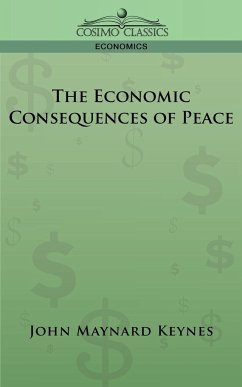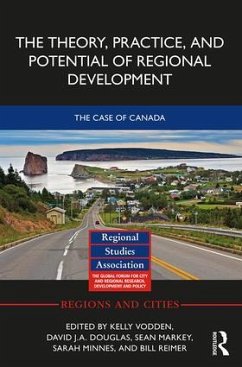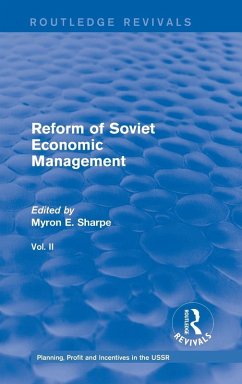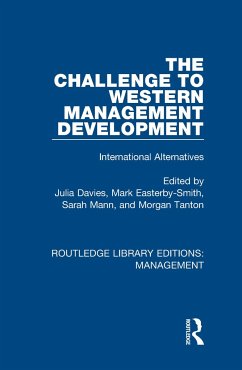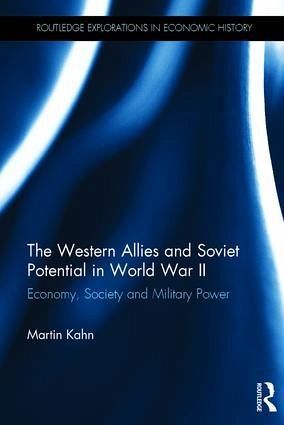
The Western Allies and Soviet Potential in World War II
Economy, Society and Military Power
Versandkostenfrei!
Versandfertig in 1-2 Wochen
168,99 €
inkl. MwSt.
Weitere Ausgaben:

PAYBACK Punkte
84 °P sammeln!
This book examines how the two most important Western Allies in World War II, the United States and the United Kingdom, assessed the economic and military potential of the Soviet Union in 1939-1945. Utilising a wide range of documents produced by the Anglo-Americans during and shortly before World War II, the book explores why Soviet strength was underestimated, and how the Soviet economic system, Soviet society and military capabilities were viewed by Western Government observers.




